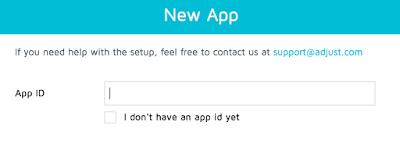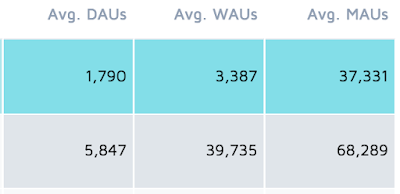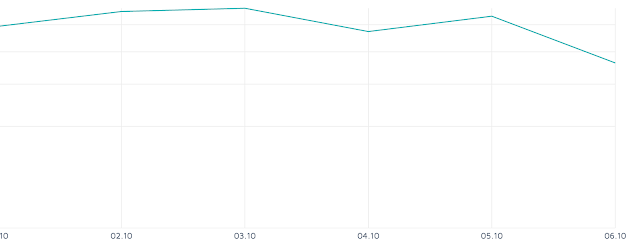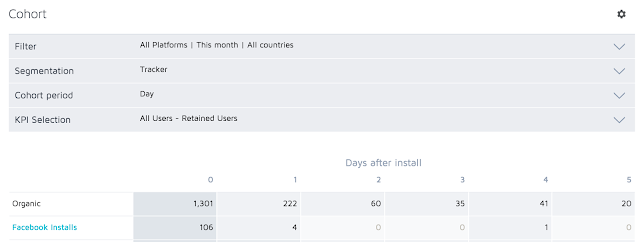Working as a digital intelligence analyst means that I should work with various data sources such as web analytical system or mobile applications trackers. In our company, we used Adobe SiteCatalyst and it allows us implement SDK to mobile apps and track lifecycle metrics such as launches, sessions and etc. Moreover, we can add custom variables and custom metrics.
Let's look closely on step by step manual how to start tracking mobile application with Adobe Mobile App Analytics.
1. We should create new reporting suite. In the marketing cloud go to Admin->Reporting Suites. Select Create New > Report Suite:
Let's look closely on step by step manual how to start tracking mobile application with Adobe Mobile App Analytics.
1. We should create new reporting suite. In the marketing cloud go to Admin->Reporting Suites. Select Create New > Report Suite:
I reckon to create separate reporting suite for every app and os.
2. Now we can go to https://mobilemarketing.adobe.com and add new app. In order to add new app we should choose reporting suite, create name and choose type. If we already have id of app in the store, we can add app by finding it in the store:
3. Next step is very important, because we should prepare technical documentation for mobile developers. Fortunately, adobe documentation is very detail and we can find all information there. Let's look, how should we prepare all staff in order to start tracking app. For example in my case, we already have application in google and apple stores but we want to create new release with adobe sdk:
There is full documentation for ios and android. After adding or creating apps in adobe, we can download config and library for our OS:
Config file and OS library we should send to our developers.
4. In addition, we should think about acquisition, because it is very important to track acquisition channels and measure their performance. In order to start create acquisition links, we should add in our config information about acquisition. Just enable SDK Acquisition Options and don't forget make Referrer Timeout at least 5 second, or it won't be work like in our case:)
5. Finally, we can add custom metrics and variables. Let's go to "Manage Variables & Metrics" and add addition variables and custom metrics. There are 3 tab:
- Standard Variables & Metrics
- Custom Variables
- Custom Metrics
We can learn more about standard metrics and variables for IOS and Android. In order to understand, how to add custom fields, we should consider our app as a collection of screen and we can define various events on particular screen with some attributes, for example event "Successful registration of an account" with some variables like date and time of registration, account number, type of account and etc. In other words, we should take screen from app and right list of events and variables for every screen and give it to developers, in order they put it in code and then map it in "Manage Variables & Metrics" menu:
In this example, I asked developer to add in code s.evar7 and s.evar31 and then mapped them.
After successful release, we can start to track our app and use default charts of adobe mobile analytics. Let's look on some of them:
1. Overview report, which show as Unique Users, First Launches (Installs), Launches and Custom Events. We can change it in any way. Be careful with crashes and crash rate, it can be wrong, better to discuss with mobile developers.
2. Retention profile is a part of cohort analyses and help us to analyze each particular cohort and their life time.
3. Version report - this one very useful in order to track bags after new release
4. Acquisition overview - here we can analyze our marketing campaigns. In order to track new channel, we should create new link. which we can add to the add, for example in Google Adwords. Unfortunately, we can't do it for facebook and twitter, in order to fix this problem we should add facebook SDK or twitter SDK to the app or use adjust or appsflayer, because they are integrated with them.


























